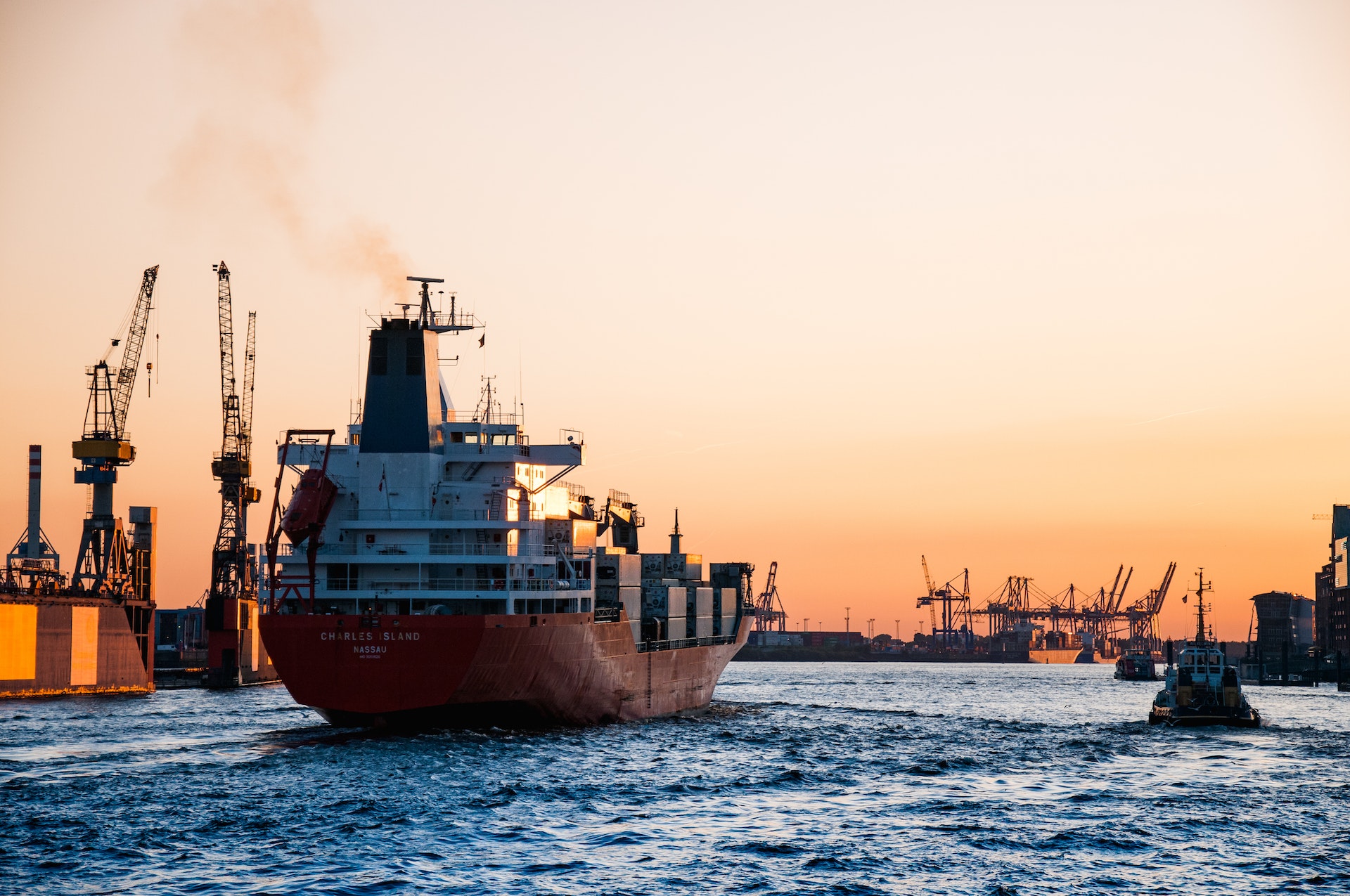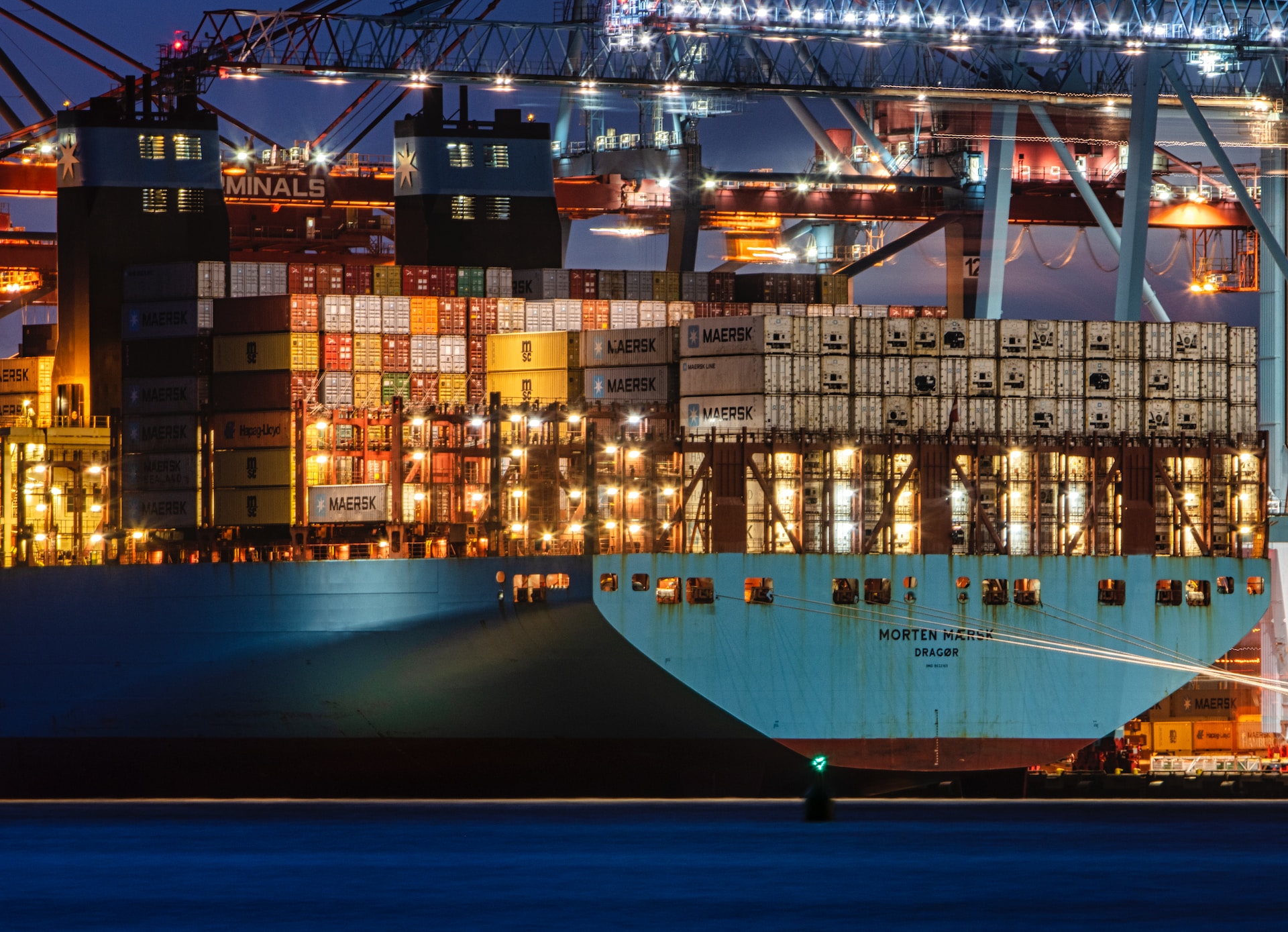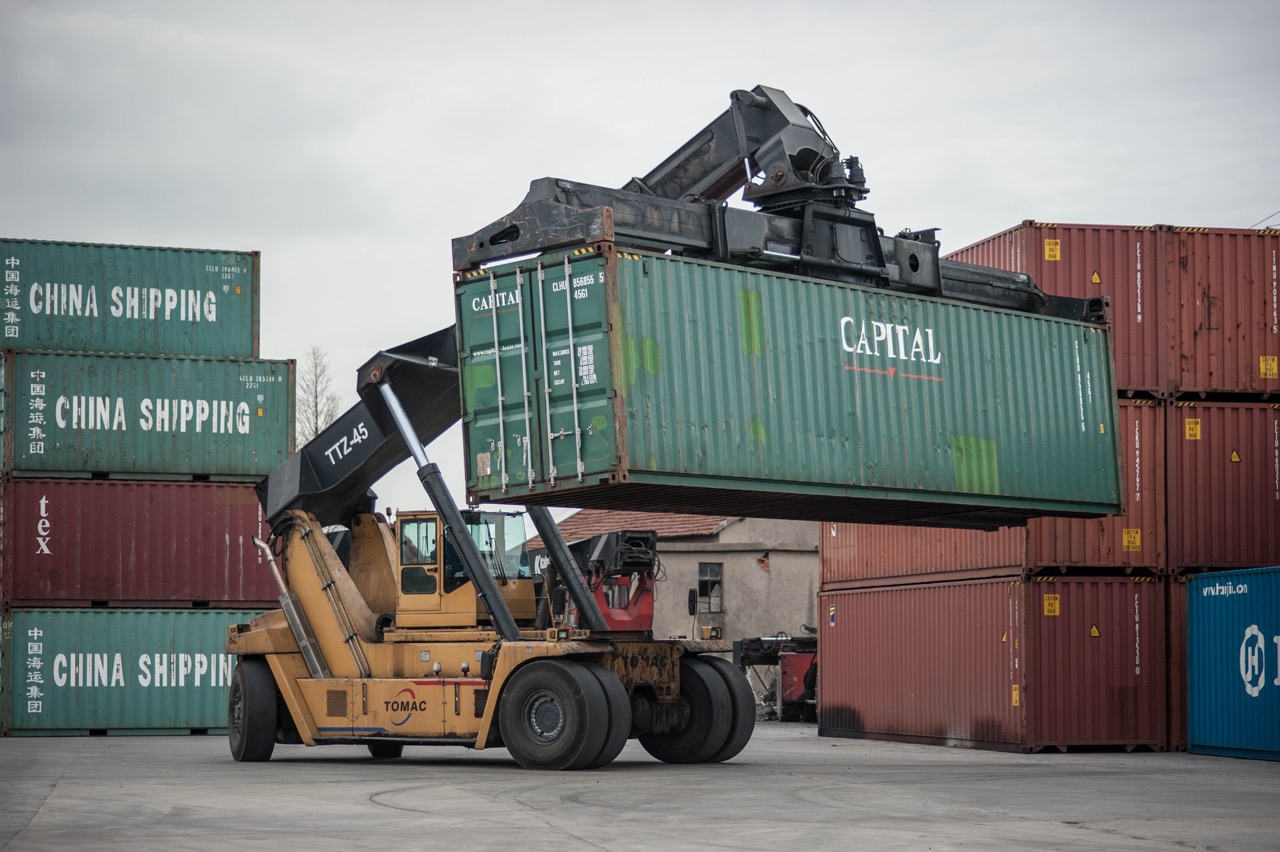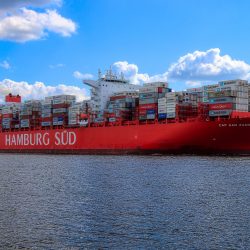In 2023, the demand for container transportation will fall
The Danish logistics company Moller-Maersk has published a forecast of the global market volume for 2023. According to the document, the demand for container transportation will decrease by 2.5% in comparison with the results of the previous period. The main reason for the decrease is the global economic slowdown.
In the optimistic scenario, Maersk admits a 0.5% increase in demand. The Danish operator occupies about 20% of the global container shipping segment. One of the main markets for Maersk is China, which is going through a difficult period. As a result of the tough coronavirus policy, there was an economic recession in the country. In order to ensure the sustainability of processes, companies started to increase inventories, which reduced trading activity. In China, as in other countries, the economy slowed down and debt levels increased. Inflationary risks aggravate the situation.
The decline in maritime traffic has been recorded since the 4th quarter of 2010. Then the volume decreased by 14% compared to the same months in 2021. The decrease in demand was observed on almost all popular routes.

Analysts’ expectation
Analysts expect Maersk’s profit in 2023 to be between $2 billion and $5 billion. By comparison, the figure reached almost $31 billion in 2022 and about $20 billion in 2021.
According to Maersk, the current year is extremely difficult for the shipping industry. In order to maintain their position, many operators will have to reduce their rates. This will lead to a decrease in profits and an increase in costs. Since January, there has already been a 20-50% decrease in rates compared to the highs of 2022. Analysts expect a further reduction of rates by about 15-20%.
In general, experts note that the market has stabilized after a record growth of rates that lasted for 2 years. At that time, there were serious supply disruptions and a lack of capacity, which gave large companies the opportunity to significantly increase freight rates. Now, however, the sector has returned to its traditional dynamics and demand has fallen. Accordingly, companies will have to reduce the cost of their services in order not to lose customers. This will lead to a drop in profits after their record rise.
Experts note that rising energy prices and global inflation are putting pressure on the container transportation market. Customers from China, Europe, and the U.S. are in no hurry to increase trade volumes: they have adopted a wait-and-see attitude. In addition, supply chain disruptions, which have resurfaced as a result of the geopolitical conflict in Europe, remain a concern. It is likely that analysts’ forecasts will be revised to reflect changing factors.

















